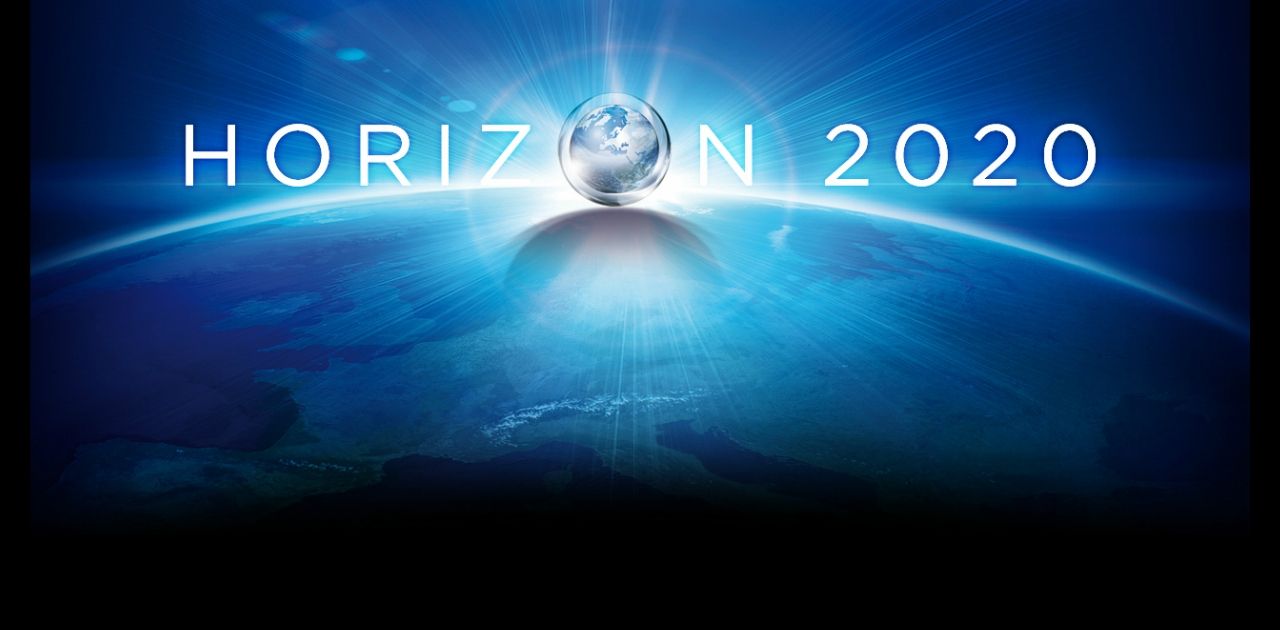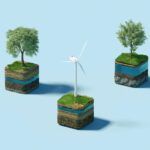Specific Challenge:
The European long term decarbonisation strategy (LTS) “A Clean Planet for All” published by the European Commission in November 2018 refers to the potential key role of hydrogen in decarbonising hard-to-abate sectors, such as industry, cement, steel, and also contributing to decarbonisation of heavy duty and long distance transport.
To help achieve the climate neutrality objective, hydrogen needs to be produced at large scale, mainly through electrolysis powered by renewable electricity. The LTS scenarios achieving climate neutrality envisage an installed electrolyser capacity ranging between 400 and 511 GW by 2050 in the EU. However today the technology is only available at multi-MW scale (a 20 MW electrolyser project is being implemented through the co-funding of the Fuel Cells and Hydrogen Joint Undertaking, under the call 2018).
In order to reach the GW scale, an important milestone would be the development and demonstration of a 100MW electrolyser.
Scope
The scope of this project is to install and operate a 100 MW electrolyser to produce renewable hydrogen, as energy carrier or as a feedstock. Specific activities are:
The main activity will consist of:
- Development, installation and operation a 100 MW electrolyser for managing and using efficiently renewable energy, water, Hydrogen and Oxygen flows;
- Demonstrate the increased usage and economic impact of RES mix, addressing potential curtailment issues in Demand Response operation (if grid connected) or island mode functioning (if dedicated to hydrogen production);
- Operation of an electrolyser system in real life conditions in an industrial or port environment, for example feeding a mobility hub, a fertiliser production plant, a synthetic fuel production plant, a refinery, biorefinery or other industries, or injecting in natural gas transmission/distribution grid;
- Investigate possibility to make use of rejected heat or vented Oxygen;
- Operating pressure should be suitable for the application & any buffering / compression requirements.
The proposed topic of the call for proposals is expected to have the following impacts:
Technological impacts:
- Establish a European industry capable of developing novel hundreds of MW electrolysers using a European value chain, consisting of modules and a suitable balance of plant for managing power (electricity and heat), water, Hydrogen and Oxygen flows;
- Increase the efficiency of the electrolyser reaching an energy consumption of 49 (ALK) to 52 (PEM) kWh/kg H2 at nominal power;
- Increase the current density to at least 0,5A/cm2 (ALK) or 3A/cm2 (PEM) and delivery pressure to 30 bar. Power electronics should allow for dynamic operation of electrolyser from 25 to 100% in seconds (following the JRC harmonised testing protocols);
- Reduce the plant’s footprint by 30% thanks to the larger modules and the plant layout as well as the higher current densities;
- Reduce the electrolyser CAPEX by 20% down to EUR 480/kW and EUR 700/kW for Alkaline and PEM electrolysers respectively, meeting the Fuel Cells and Hydrogen Joint Undertaking targets for 2024;
- Increase the stack lifetime with a degradation target (Minimum nominal energy consumption at end of Life) of 0.12%/1000 hours for Alkaline and 0.19%/1000 hours for PEM;
- Improve the overall efficiency valorising also by-product heat (e.g. for space heating).
Operational and environmental impacts:
- Demonstrating feasible operation of 100 MW-scale electrolysis and the use of the produced hydrogen in an application valorising the renewable character of the produced hydrogen;
- Assessment and operational experience, including safety, of the contractual and hardware arrangements required to distribute and supply hydrogen to the specific industrial and/or transport market;
- Assessment of feasibility to connect the electrolyser to a production site of renewable sources of energy such as offshore/onshore wind, or solar plants;
- Technical assessment of the suitability of the electrolyser equipment to operate in its expected environment and suggestion of best practices;
- Evaluation of the environmental performance of the system (in alignment with RED II compliant methodologies) – with attention to the CO2 intensity of the hydrogen produced versus Natural Gas route, which should include an understanding of the CO2 impact of the grid services mode selected and CO2 footprint impact in the addressed hydrogen end-user markets;
- Evaluation of other ecological and societal benefits along the value chain.
Cost competitiveness impacts:
- Demonstrate a compelling economic and environmental case, including boundary conditions, for key applications such as transport, energy storage, raw material (hydrogen and oxygen) or heat and power production. For a LCOE of up to EUR 40/MWh (renewable sources), achieve a significant cost reduction of green hydrogen compared to the price at the time of proposal submission striving for below EUR 3 /kg and aim for further reductions possibly also by generating income from the provision of services to the electricity grid (e.g. balancing or frequency services).
Deadline
26 January 2021







Leave a Reply